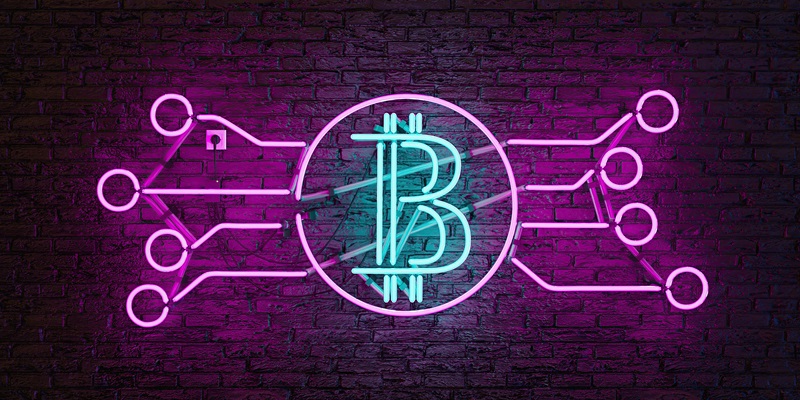Blockchain technology underpins the entire digital asset ecosystem, providing a secure, immutable ledger for transactions that forgo the need for a centralized authority—an attribute that has catapulted cryptocurrencies into the limelight. As blockchain’s potential continues to unfurl, the ecosystem has witnessed the birth of varied digital assets, each with distinct characteristics that contribute to the infrastructural evolution of modern finance. Cryptocurrencies like Bitcoin and Ethereum have sparked the imagination of investors and tech enthusiasts alike, but the digital asset landscape does not end there. From tokens with utility to those representing securities and burgeoning non-fungible tokens (NFTs), the digital asset space holds a plethora of opportunities that have yet to be fully realized.
The Advent of Tokenization and Its Impact
The process of tokenization is revolutionizing the digital asset landscape by turning tangible assets into tradeable digital tokens. This innovation is reshaping ownership and simplifying asset management. Now, assets such as real estate and art, previously hard to divide and sell, can be easily traded in smaller shares worldwide, at any time of day. This shift not only offers new investment avenues but also broadens access to funding. However, the tokenization movement is navigating challenges. Unclear regulations and the intricacies of handling the actual assets require clear solutions for tokenization to fully realize its potential and become a secure and reliable pillar in the modern economy. As the industry evolves, overcoming these hurdles is pivotal to the establishment of a solid framework for tokenization’s long-term growth and success.
Unveiling the Diversity of Digital Assets
The digital asset domain is a tapestry of diverse currencies and tokens, each created for various purposes and integrating into financial ecosystems in different ways. While cryptocurrencies function as digital money, fostering investment and facilitating transactions, security tokens and utility tokens have distinct regulatory implications and use cases. Security tokens represent ownership in real-world assets, opening up traditional investment opportunities to a larger audience, while utility tokens grant access to products or services within a given network. NFTs stand out as a unique class of digital assets, enabling the immutable representation of ownership over unique items, predominantly within the creative industries. With stablecoins, the volatility often associated with cryptocurrencies is tempered, linking the stability of fiat currencies with the advantages of blockchain technology.
Advantages and Challenges of Asset Tokenization
Tokenization is revolutionizing traditional markets by enabling round-the-clock global trading and offering investors increased liquidity. This innovative process streamlines transactions and acts as a catalyst for financial evolution. Yet, as this field expands, several obstacles emerge. The ambiguity of regulations presents a significant hurdle, muddying the waters for participants striving to stay compliant. Furthermore, the rising tide of cybersecurity incidents, including high-profile hacks and fraud, emphasizes the imperativeness of stringent security measures to protect this emergent market. With investors’ growing interest in tokenization, addressing these issues swiftly is crucial for securing its place in the finance sector’s future. However, it’s essential that as the industry progresses, it adapts to mitigate these risks effectively.
Digital Assets in Action: Use Cases
Decentralized Finance (DeFi) showcases one of the most prominent applications of digital assets, recreating and replacing traditional financial services with decentralized platforms. DeFi leverages the intrinsic benefits of blockchain, like transparency and security, to facilitate peer-to-peer financial transactions without intermediaries. Beyond finance, NFTs are reshaping the art and collectibles market, permitting the tokenization of unique assets and thus enabling artists to monetize their work in new ways. Furthermore, supply chains are increasingly adopting digital assets to ensure provenance, enhance traceability, and optimize efficiencies, indicating the far-reaching implications of this digital revolution.
Regulatory Dynamics and the Path Ahead
As the momentum around digital assets gains, regulatory bodies worldwide strive to catch up, resulting in an array of regulatory responses. Some countries seek to nurture innovation through welcoming policies, while others impose stringent measures to mitigate risks to investors and the financial system. These divergent approaches affect the progression of tokenization and, in turn, the future of finance. Innovations on the horizon, such as cross-chain interoperability and the rise of decentralized autonomous organizations (DAOs), aim to rectify current limitations, signaling a future where digital assets are seamlessly integrated into everyday financial transactions. As the financial tapestry is reimagined, stakeholders must remain agile and well-informed to navigate the evolving narrative of digital assets effectively.

